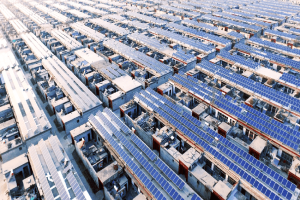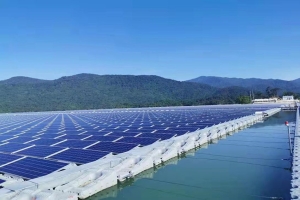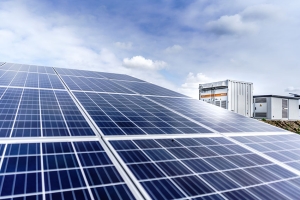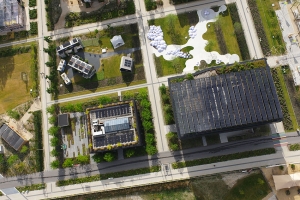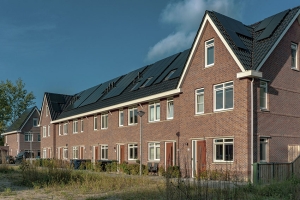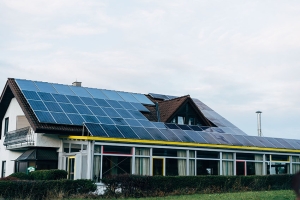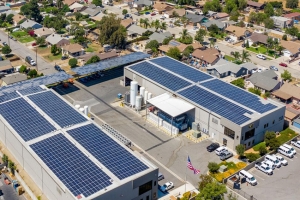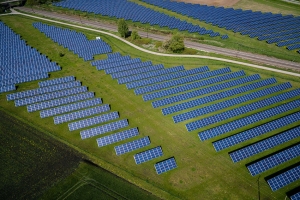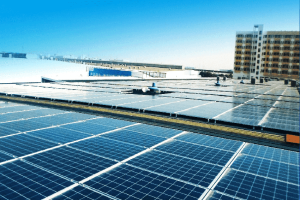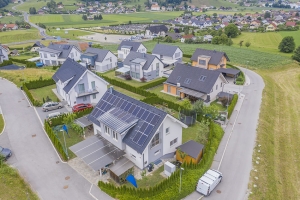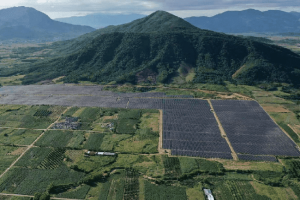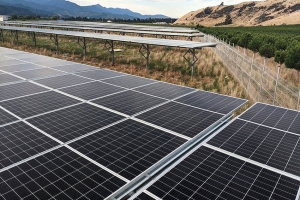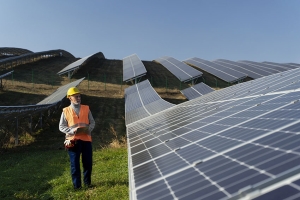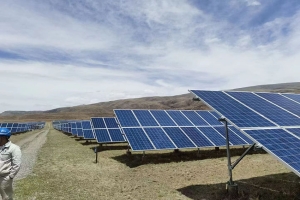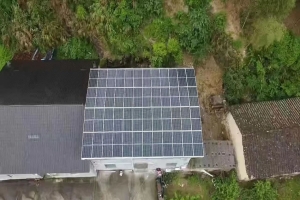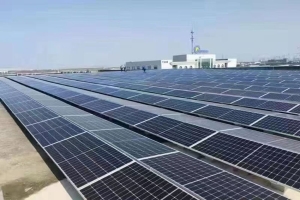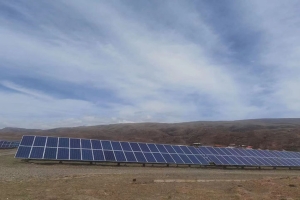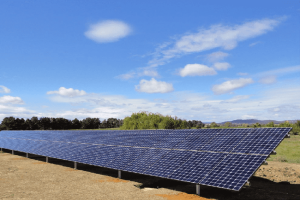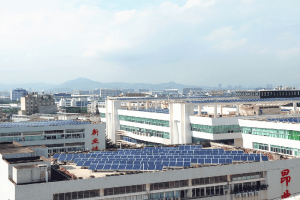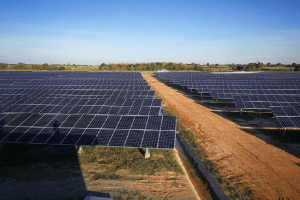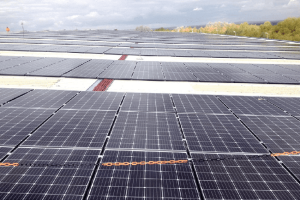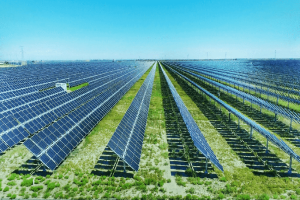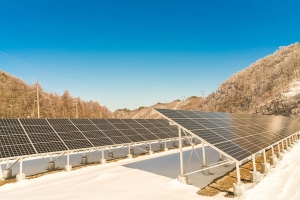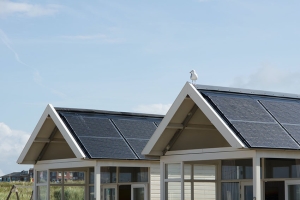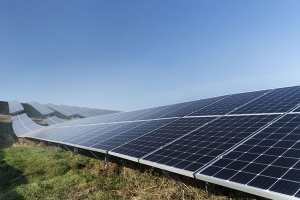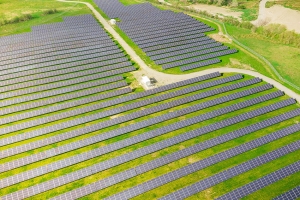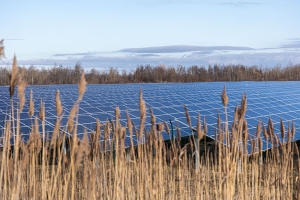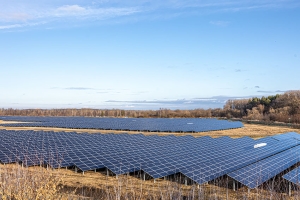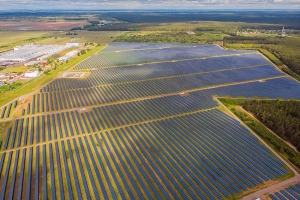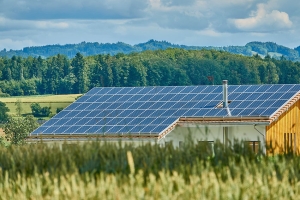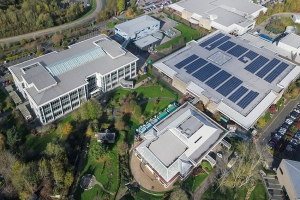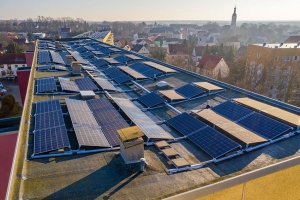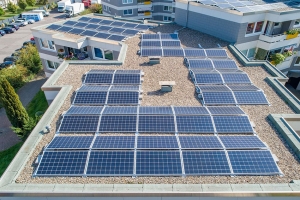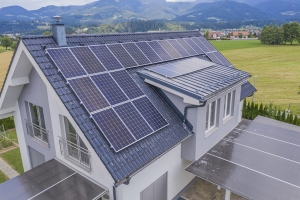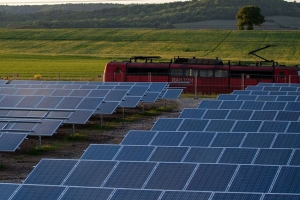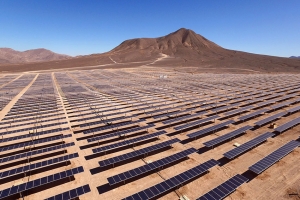Project Overview
project type
General flatland photovoltaic power stations
project's venue
Khyber Pakhtunkhwa Province, Pakistan
Project capacity
6.44MW
product type
HI MO 5
Pakistan Ground Power Project
Khyber Cement Plant, located in Pakistan's Khyber Pakhtunkhwa province, is an important cement production base in the region. In recent years, with the increasing demand for electricity, the plant has been exploring various ways to increase electricity supply while reducing production costs. In 2019, the plant decided to build a 6.44MW ground photovoltaic power station, which has become a bright spot in Pakistan's renewable energy development.
The technical highlights of Khyber Cement Plant 6.44MW ground photovoltaic power station project are mainly reflected in the following aspects:
1. High-efficiency photovoltaic modules: The project uses high-efficiency photovoltaic modules with a conversion efficiency of up to 19%, which can ensure high power generation efficiency.
2. Advanced inverter technology: The project adopts advanced inverter technology and reactive power compensation technology, which can optimize and improve the stability and reliability of power generation.
3. Intelligent monitoring system: The project is equipped with an intelligent monitoring system, which can monitor the operation of the power station in real-time, assist in scheduling, and effectively reduce operation and maintenance costs.

